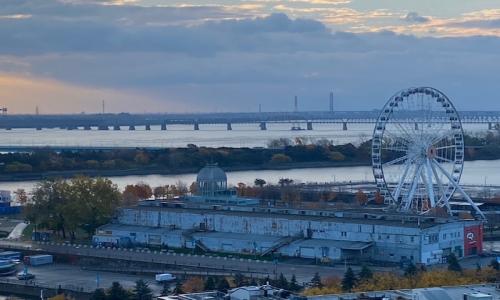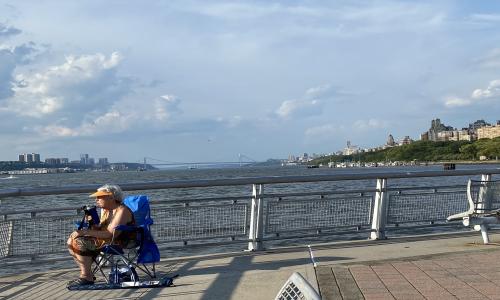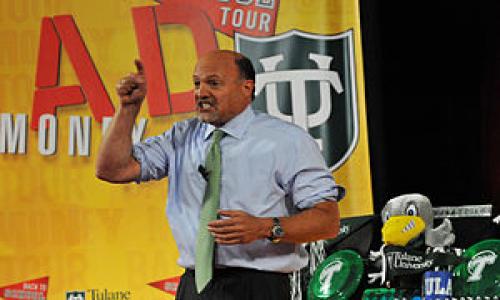Now that we are reaching the end of Jay Powell’s tenure as Chairman of the Federal Reserve, it is fair to say that the man has strayed from his pre-chairmanship policy positions when he had emphasized using Fed policy to promote price stability.
After initially raising rates all the way to a target of 2.25 to 2.50 in December 2018, Powell reversed course on August 1, 2019, when he lowered the Fed Funds rate. There was no economic justification for this first action, other than to give in to bullying of an authoritative creature who appointed him. Powell subsequently lowered the rate two more times in 2019 before bringing it to zero in early 2020 as COVID took over. Powell’s actions in 2019 did not save anyone, and his actions in 2020 did not prevent the “Main Street” economy from entering a tailspin.
However, asset valuations have been brought to levels that are basically ridiculous. Apple, the country’s largest company, trades over 28x earnings after subtracting out its cash, when the company traded at 8x by the same metric three years ago (and that was before it had achieved such great market penetration). Other stocks trade at much more frothy levels. And, it isn’t just that 1999 wants its stock market back, but real estate values across the country (outside of New York City) are screaming, bitcoin and precious metals are going bonkers. The Fed is pumping liquidity all over the place and cash cannot be deployed in savings account s or even CDs (in a riskless manner) where it maintains its purchasing power.
Creating asset multiple bubbles is not doing anything for the real economy. It is increasing the disparity between the billionaire class and the rest of us, and preventing assets from being deployed in sensible and functional ways. Unemployment is spiraling out of control and food lines are everywhere.
Most importantly, Fed policy has not promoted price stability. At the conclusion of the Federal Reserve’s last meeting, Powell said that because inflation remains below the Fed’s 2% target, there is no concern about price stability. Hence, presumably, the Fed can keep interest rates at 0% indefinitely.
However, this view runs counter to everything that Powell stood for before August 1, 2019. He always wanted the Fed to act aggressively so that a dollar today would have the same value as a dollar one year from now. Instead, he has left the circumstances where a dollar today will be worth 98 cents one year from now and 96 cents two years from now (if we are lucky).
Powell essentially admitted having failed to back Main Street when he told the European Central Bank’s Forum on Central Banking that “We are recovering but to a different economy.”
The problem here is that we need to recover to the economy that we had where Main Street does as well as Wall Street and small businesses have the resources to employ people.
We need the Republicans to pass a stimulus package. In addition, incoming Treasury Secretary Janet Yellen and the next Fed Chairperson (possibly Lael Brainard), needs to act quickly to reverse current bubbles and economic dysfunction in order for the real economy to heal itself. A 50 basis point increase in the Fed Funds rate or a series of smaller moves might be right medicine to apply here.
Until the Fed acts, stay in savings accounts and short-term CDs, and try to resist the temptation of buying into bubbles.













Add your Comment
use your Google account
or use your BestCashCow account